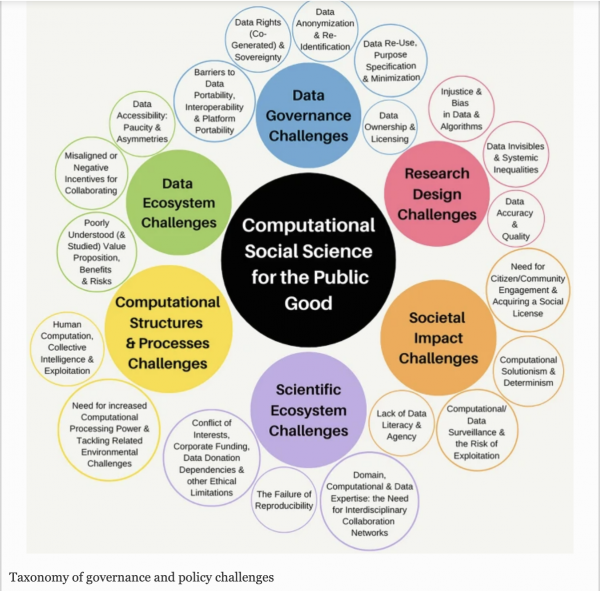Article by Erik Angner: “On a late-summer afternoon of 1938, two eleven-year-old girls waded into the water in Stora Rör harbor on the Baltic island of Öland. They were awaiting their mother, who was returning by ferry from a hospital visit on the mainland. Unbeknownst to the girls, the harbor had been recently dredged. Where there used to be shallow sands, the water was now cold, dark, and deep. The girls couldn’t swim. They drowned mere feet from safety—in full view of a powerless little sister on the beach.
The community was shaken. It resolved that no such tragedy should ever happen again. To make sure every child would learn to swim, the community decided to offer swimming lessons to anyone interested. The Stora Rör Swimming Association, founded that same year, is still going strong. It’s enrolled thousands of children, adolescents, and adults. My grandmother, a physical-education teacher by training, was one of its first instructors. My father, myself, and my children all learned how to swim there.
It’s impossible to know if the association has saved lives. It may well have. The community has been spared, although kids play in and fall into the water all the time. Nationwide, drowning is the leading cause of death for Swedish kids between one and six years of age.
We do know that the association has had many other beneficial effects. It has offered healthy, active outdoor summer activities for generations of kids. The activities of the association remain open to all. Fees are nominal. Children come from families of farmers and refugees, artists and writers, university professors and CEOs of major corporations, locals and tourists…
In economic terms, the Stora Rör Swimming Association is an institution. It’s a set of rules, or “prescriptions,” that humans use to structure all sorts of repeated interactions. These rules can be formalized in a governing document. The constitution of the association says that you have to pay dues if you want to remain a member in good standing, for example. But the rules that define the institution don’t need to be written down. They don’t even need to be formulated in words. “Attend the charity auction and bid on things if you can afford it.” “Volunteer to serve on the board when it’s your turn.” “Treat swimming teachers with respect.” These are all unwritten rules. They may never have been formulated quite like this before. Still, they’re widely—if not universally—followed. And, from an economic perspective, these rules taken together define what sort of thing the Swimming Association is.
Economist Elinor Ostrom studied institutions throughout her career. She wanted to know what institutions do, how and why they work, how they appear and evolve over time, how we can build and improve them, and, finally, how to share that knowledge with the rest of us. She believed in the power of economics to “bring out the best in humans.” The way to do it, she thought, was to help them build community—developing the rich network of relationships that form the fabric of a society…(More)”.


